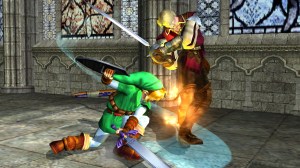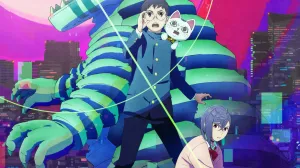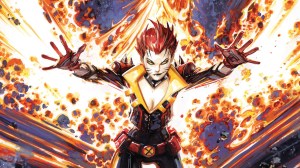When it comes to 3D weapon-based fighting games, few franchises have had the staying power and flair of Soulcalibur. From the clang of swords to the swirl of mystical energy surrounding Soul Edge and Soul Calibur, Bandai Namco’s series has defined a unique corner of the fighting genre for over two decades. Every entry has brought something new. Whether it’s innovative mechanics, wild guest characters, or unforgettable stages. But not all have aged equally well. Some shaped the future of fighting games; others stumbled under their own ambition.
Videos by ComicBook.com
Before diving in, it’s worth noting that we’re only ranking the mainline Soulcalibur titles here. That means spin-offs like Soulcalibur: Legends on the Wii and Soulcalibur: Lost Swords, the short-lived free-to-play experiment, won’t be included. While those games are part of the broader legacy, they stray too far from what makes the series shine: tight fighting mechanics, character depth, and iconic duels of destiny.
8) Soul Edge
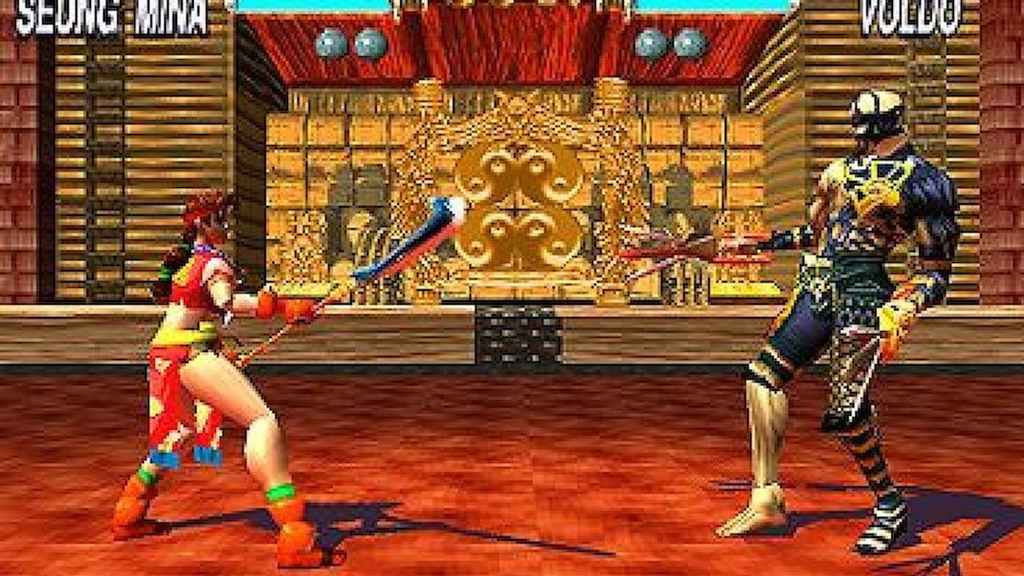
It all started here. Soul Edge laid the foundation for one of the most underrated fighting game franchises in history. Released in arcades and later on PlayStation, it was groundbreaking at the time, offering fluid 3D weapon combat in an era still dominated by Tekken and Virtua Fighter. But while Soul Edge was revolutionary in 1996, it shows its age today. The controls feel stiff, the hit detection is inconsistent, and the graphics now lack the polish of later entries.
Still, credit where it’s due: the introduction of the weapon-based combat system, the guard impact mechanic, and character-specific endings made it stand out. Edge Master mode was a revelation: a single-player mode where you earned new weapons through themed missions. That design philosophy would carry through the series, influencing the rich single-player experiences fans still crave. Soul Edge is rough, but it’s the foundation stone of everything that followed.
7) Soul Calibur: Broken Edge

While technically a PSP spin-off, Soulcalibur: Broken Destiny earns a place here because of how closely it mirrors Soulcalibur IV’s mechanics. Released in 2009, this portable version tried to shrink the Soulcalibur experience down for handheld play, and in some ways, it succeeded. The character roster was impressive for a portable title, the visuals pushed the PSP’s limits, and the core gameplay felt solid.
However, Broken Destiny also stripped away what made the series special. There was no real story mode, just short character interactions and a forgettable tutorial-esque campaign. Online play was absent, meaning players were stuck fighting AI or local friends. And while the inclusion of God of War’s Kratos was a fun novelty, it wasn’t enough to elevate the overall experience. As a handheld fighter, Broken Destiny is competent; as a Soulcalibur game, it’s incomplete. It serves as a technical marvel but a narrative misstep.
6) Soul Calibur V
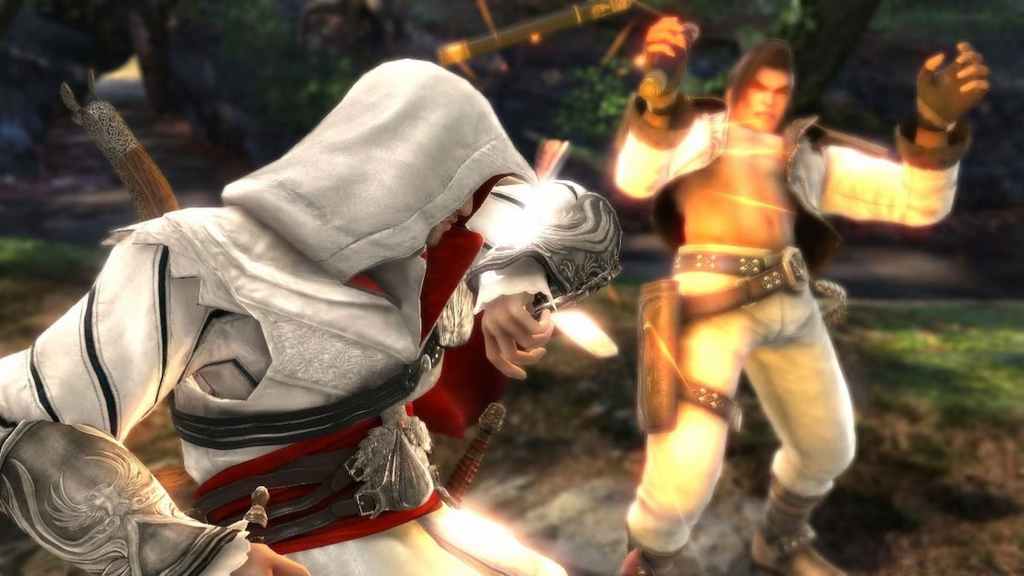
When Soulcalibur V launched, fans had high hopes. It was supposed to modernize the series for a new generation. What they got instead was a mixed bag of great combat and disappointing storytelling. Set 17 years after Soulcalibur IV, it introduced new characters like Patroklos and Pyrrha, the children of series icon Sophitia as well as guest characters like Ezio. However, it removed many fan favorites in the process, leaving a roster that felt like a reboot without the heart.
Mechanically, Soulcalibur V was superb. The Critical Edge system brought cinematic flair to combat, and the revamped meter management gave fights a new strategic edge. But outside the arena, the game stumbled. The story mode was rushed and poorly paced, with stiff cutscenes and a lack of emotional payoff. Worse, several iconic fighters—like Taki and Cassandra—were missing entirely. Even so, Soulcalibur V deserves credit for its ambition and polish; it just needs better execution.
5) Soul Calibur IV

For many, Soulcalibur IV was the moment the series reached peak spectacle. It features stunning visuals, a massive roster, and one of the most iconic crossover moments in gaming history through Darth Vader and Yoda. The fighting mechanics were a refinement of Soulcalibur III, tightening the pacing and balance while introducing the Soul Gauge: a system that encouraged aggressive play by punishing excessive blocking. The game was also the first in the series to go online, opening up new avenues for competition and community.
However, Soulcalibur IV wasn’t perfect. The story was disjointed, the armor-breaking mechanic could feel gimmicky, and some balance issues persisted, such as Algol. Still, it’s remembered fondly for its cinematic flair and impressive production values. The duels between Jedi and samurai alone made this entry unforgettable.
4) Soul Calibur
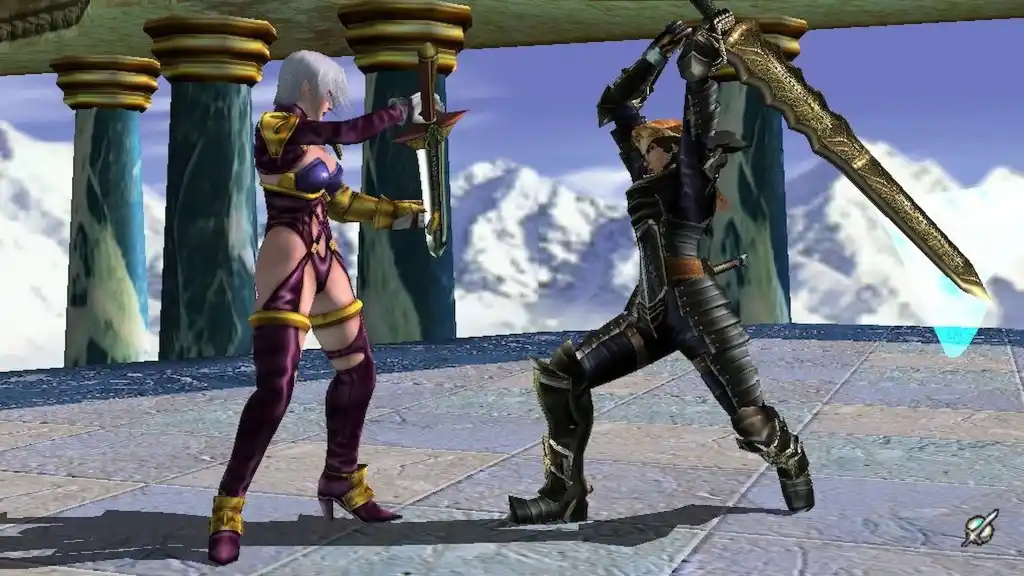
Few sequels have redefined a franchise as completely as Soulcalibur did. It was an incredible step in the right direction and would pave the way for later entries. With smooth animation, a groundbreaking 8-Way Run movement system, and unmatched presentation, Soulcalibur became an instant classic. Many still consider it one of the best launch titles of all time.
The jump from Soul Edge to Soulcalibur marked the series’ transformation into a household name. Characters like Mitsurugi, Ivy, and Taki became icons, and the game’s story of souls and swords eternally retold solidified its mythic tone. Even now, its balance and flow remain remarkably strong. While later games refined the formula, the original Soulcalibur set a bar so high that few fighters of its time could match it. It was elegance and brutality in perfect harmony.
3) Soul Calibur VI

After years of uncertainty and a lukewarm response to Soulcalibur V, fans feared the series was done. Then came Soulcalibur VI, a triumphant reboot that reignited everything players loved about the franchise. Combining modern polish with a return to roots, this game proved that the soul still burned brightly. With a focus on accessibility, fluid combat, and fan service, Soulcalibur VI delivered both in gameplay and content.
The new Reversal Edge mechanic added cinematic flair without alienating veterans, while the Libra of Soul mode offered one of the best single-player experiences in fighting game history. And, of course, guest characters like Geralt of Rivia and 2B fit perfectly into the roster, even if they didn’t quite make sense story-wise. Some criticized the story mode’s pacing and DLC model, but Soulcalibur VI succeeded in revitalizing the franchise both critically and commercially.
2) Soul Calibur III
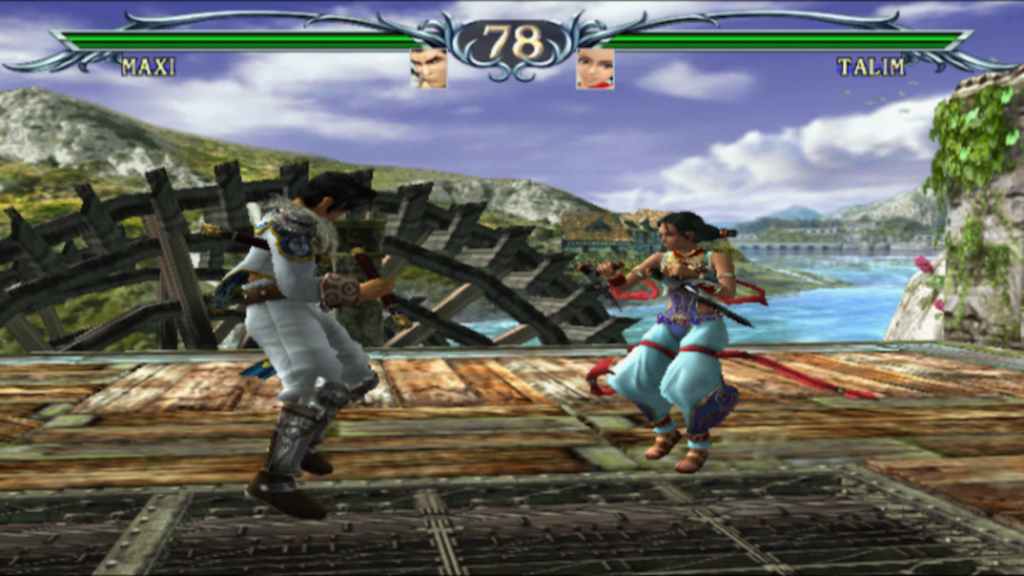
If there’s one Soulcalibur game that truly deserves cult-classic status, it’s Soulcalibur III. Released on the PlayStation 2, it was bursting with ambition. Not only did it refine the core combat system from Soulcalibur II, but it also introduced one of the deepest single-player experiences ever seen in a fighter. The Chronicles of the Sword mode combined tactical strategy with real-time combat.
It also introduced character customization, which would become a series staple. Fans could create their own fighters with unique move sets and styles. The roster was massive, the visuals were stunning for the time, and the story tied together multiple timelines in a way that still resonates with fans. Sadly, it suffered from balance issues, but it remains a fan favorite because it offered so much content.
1) Soul Calibur II

No surprises here. Soulcalibur II is not just the best entry in the series, but it’s one of the best fighting games ever made. Its mechanics were near-perfect, its visuals stunning, and its roster iconic. It struck a flawless balance between accessibility and competitive depth, becoming the gold standard for the franchise. Even today, Soulcalibur II is a benchmark by which other 3D fighters are judged. It’s the rare fighting game that pleases casuals, hardcore players, and nostalgia-driven fans alike.
What really made Soulcalibur II legendary were its guest characters. Depending on the console, players could wield Link’s Master Sword on GameCube, face off as Heihachi from Tekken on PlayStation 2, or unleash Spawn’s demonic power on Xbox. These crossovers would start a trend for future games and see other incredible figures join the fight.
What do you think? Leave a comment below and join the conversation now in the ComicBook Forum!

